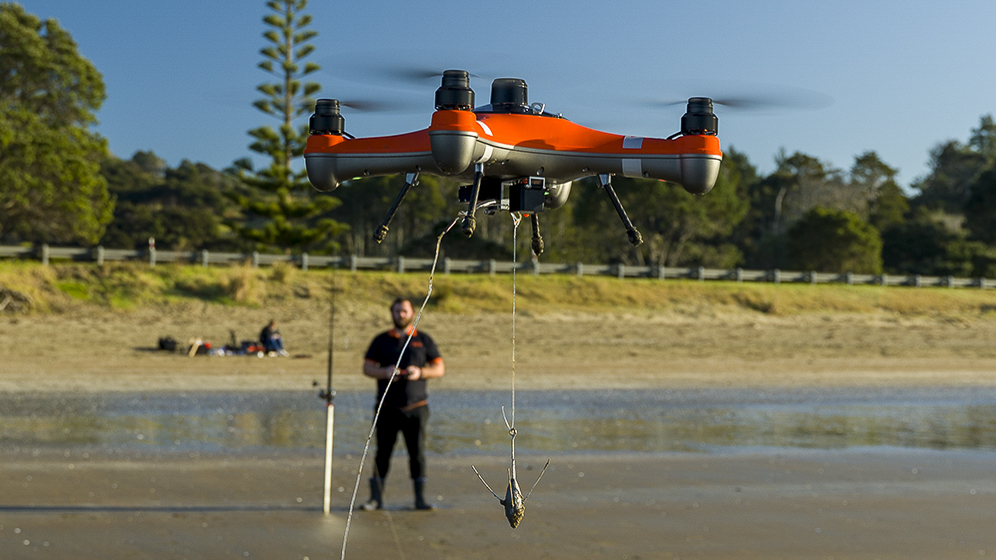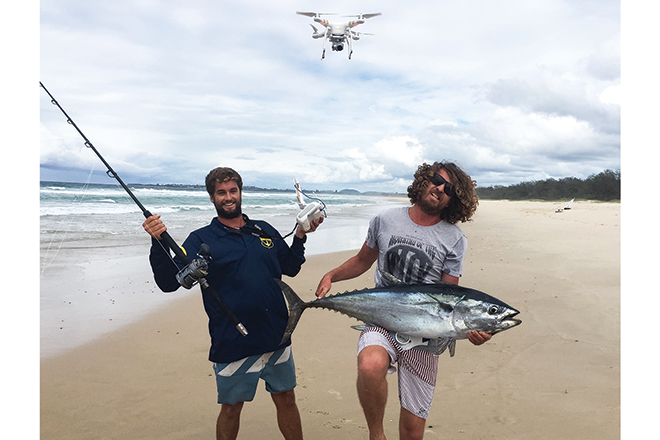
In this article, we'll look at the basics of a drone fishing rig. We'll also cover what you need to be aware of when choosing your drone and how it will perform over time. Next, we will discuss how to get the best drone. Read on for some tips and tricks. You'll soon have the drone of your dreams! Let's begin !..., and maybe even catch a few fish.
Basic drone fishing gear
You will need a good set hooks to get started with drone fishing. The fishing line should not be more than twice the length. It should be mono- or braided. It should be tied with a Cat's Paw Loop, Uni knot or Uni knot. A sinker, weighing between two to eight ounces, and hooks to attach each section to the backbone will be required. You will also need to attach the end loop and snap swivel lead loops to your drone.
There are many ways you can create a fishing drone. Attaching a hook and spinning the drone until the line releases is a basic way. You can also use a dropper or drop line to keep the fishing line down below the drone. A dropper is a device that allows you to keep your main line above the drone and avoid it becoming tangled in the propellers. You can add accessories to your fishing drones, such as a dock and a battery pack.
Once you have the basic drone fisherman rig purchased, you will need additional equipment. A long fishing line (approximately 700m) and a bait-dropping device are essential. These are optional, but they will make drone fishing more fun. A good drone will allow you to see more of your surroundings and be able spot fish much easier.

Payload on drone fishing gear
Be aware of safety precautions if you want to catch fish by drone. Your drone should not be flown in strong winds or rain. Here are some steps:
Firstly, make sure that your drone has a solid carrying capacity. It will not be stable when loaded with braided line or heavy lures. Also, if you're fishing at a seaside location, the wind may blow the drone off its course. It is also important that you check your local laws and regulations, as some may not allow the use of drones for fishing. You need to ensure that your drone is strong enough to carry you when you go fishing.
Next, decide what accessories you will mount on your drone. To minimize the problems of weight distribution, it's a good rule to use a rigging that has a central connection point. The most suitable attachment points are the motor struts, landing gear, and legs of the drone. Avoid attaching any payloads to the camera or gimbal as these could cause damage. You can tie a fishing line running from one end of the camera to the opposite. You can secure it with tape to stop it from coming off.
Battery life for drone fishing gear
Before going out fishing with your drone, be sure to check the batteries and the other gear. This will help you keep the drone from running out of battery life and allowing you to focus on fishing instead of recharging. Some drones can be charged with car batteries or solar panels. Be sure to have fully charged batteries before you begin. This will ensure your drone is ready for flight as soon as your reach your fishing spot.

Another important factor to consider is the drone's flight time. While some models are faster than others, a drone that can fly for just twenty-two minutes will suffice. This is a great option if you plan to spend hours on the ocean with your drone. But you should be aware that a drone with limited endurance will be inoperable and will make it nearly impossible for you to catch fish.
After setting up your fishing rod, attach the fishing clip to the drone's legs or motor struts. Attach the bait and line to the drone. When you are ready to drop your bait, make sure you lock the reel. When you take the line out, tension builds and the drone drops the bait in the water. It is important to charge your battery before each use or the drone may stop working properly.
FAQ
What laws apply to drones flying above private property?
Recently, the FAA issued new rules regarding commercial drone flight. These rules apply only to UAVs weighing less than 55 pounds and flying below 400 feet above ground level. Commercial operators must register with FAA to receive a license. Local authorities must also approve them if they are operating near airports or in other restricted areas.
Can I fly my drone around my neighborhood?
Yes! These are called UAVs, or unmanned aerial vehicles. There are several types of drones available for sale today, from small quadcopters to large fixed-wing aircraft. The FAA has recently issued new rules regarding the commercial use of UAVs, which means you can now legally fly them for business purposes. You should be aware, however, that UAVs flying near airports can cause interference with air traffic control systems. To operate one, you will need to obtain permission from the local authorities.
Do I need any special training to fly drones?
No, you don’t need any special training in order to fly your drone. You will only need a remote control unit, and some knowledge about flight mechanics.
What are the laws regarding flying drones
The Federal Aviation Administration (FAA), oversees all aspects of drone operation in the United States. You must first obtain a FAA certification before you can operate a drone commercially. First, you need to take a course about piloting and pass an exam. You will then need to pay an agency fee.
Statistics
- According to Indeed, a drone pilot gets paid $25.73 per hour on average in the US. (dronesgator.com)
- Research and Markets predict a growth rate of 51.1% over the next five years. (thedroneu.com)
- According to ZipRecruiter, the minimum hourly wage of drone pilots is $20. (thedroneu.com)
External Links
How To
Repairing a damaged motor on a drone
To repair a motor damaged, the first step is to identify which part is broken. To do this, remove the propeller and motor shaft. Next, remove all wires from the motor shaft and inspect the internal workings. If you see something wrong, then you know what part of the motor you have to fix.
If there are no damages to the motor you don't have too much to worry about. However, if your motor looks anything like these images, then you will need some parts replaced before you can fly.
Let's say that a motor is bent so that it can no longer turn. The motor will need to be bent back into its original shape. To hold the motor, use a vice grip or pair of pliers. After you've completed the above, ensure that you inspect the motor for signs and wear.
Once everything is in order, attach the propeller to the motor shaft. Your drone is now ready to fly!